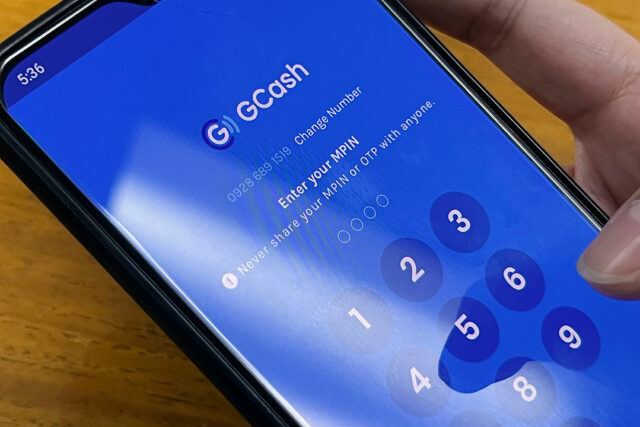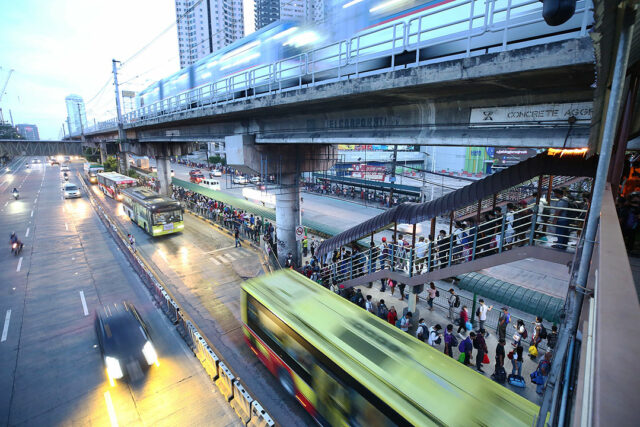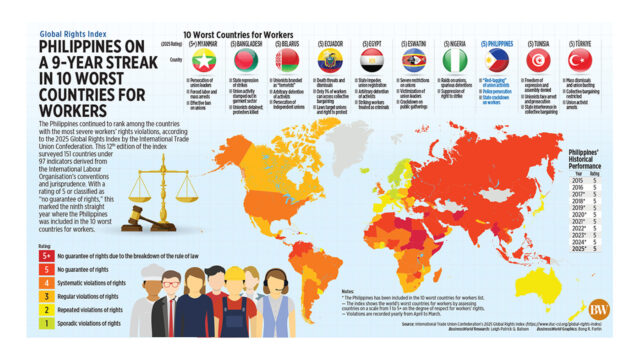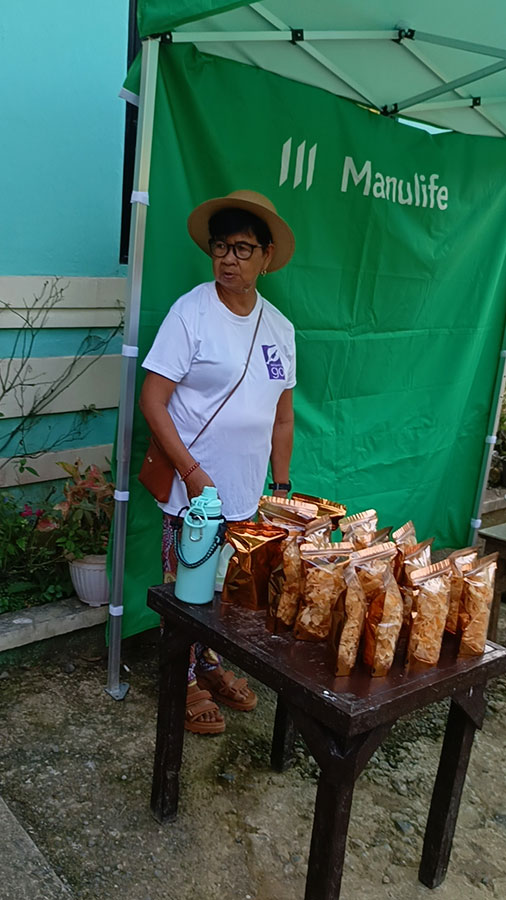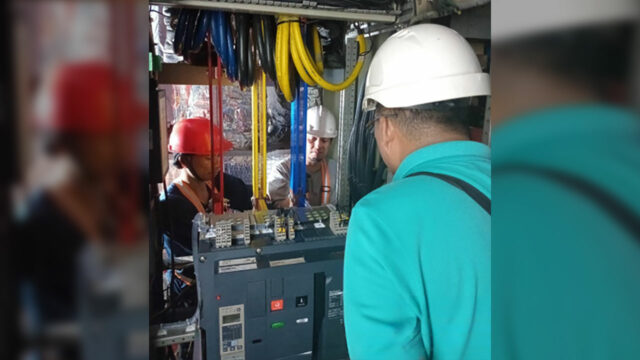The preference for arbitration and other alternative dispute resolution (ADR) methods — such as mediation, negotiation, and conciliation — over litigation is well-established (Stemship Mutual Underwriting Association (Bermuda) Limited v. Sulpicio Lines, Inc., G.R. No. 196027, Sept. 20, 2017).
Republic Act No. 9285, otherwise known as the “Alternative Dispute Resolution Act of 2004” (ADR Act), declares the policy that the “State shall encourage and actively promote the use of ADR as an important means to achieve speedy and impartial justice and declog court dockets.” Similarly, A.M. No. 07-11-08-SC or the “Special Rules of Court on Alternative Dispute Resolution” affirms the State’s commitment “to actively promote the use of various modes of ADR and to respect party autonomy or the freedom of the parties to make their own arrangements in the resolution of disputes with the greatest cooperation of and the least intervention from the courts.”
Arbitration agreements embody the contractual commitment of parties to submit to arbitration the disputes covered therein (Cagayan de Oro City Water District v. Hon. Pasal, G.R. No. 202305, Nov. 11, 2021). Hence, as the Supreme Court elucidated in Fruehauf Electronics Philippines Corp. v. Technology Electronics Assembly and Management Pacific Corp. (G.R. No. 204197, Nov. 23, 2016), “arbitration is a purely private mode of dispute resolution… As a private alternative to court proceedings, arbitration is meant to be an end, not the beginning, of litigation.”
Yet, even with arbitration proceedings taking place outside the courtroom, the Supreme Court, in Transfield Philippines, Inc. v. Luzon Hydro Corp. (G.R. No. 146717, May 19, 2006), affirms that “the pendency of arbitral proceedings does not foreclose resort to the courts for provisional reliefs.”
Section 14 of Republic Act No. 876, otherwise known as the Arbitration Law, which generally governs domestic arbitration, recognizes the rights of any party to petition the court “to take measures to safeguard and/or conserve any matter which is the subject of the dispute in arbitration.”
Furthermore, Section 28 of the ADR Act of 2004 specifically provides that it is not incompatible with an arbitration agreement for a party to request from a Court an interim measure of protection and for the Court to grant such a measure. This applies to both international commercial arbitration and domestic arbitration (Rep. Act No. 9285, Sec. 33). Thus, any party may request that provisional relief be granted against the adverse party (i) to prevent irreparable loss or injury; (ii) to provide security for the performance of any obligation; (iii) to produce or preserve any evidence; or (iv) to compel any other appropriate act or omission (Rep. Act No. 9285, Sec. 28).
Article 17(2) of the UNCITRAL Model Law on International Commercial Arbitration, which governs international commercial arbitration, provides that an interim measure of protection is a temporary measure issued to order a party to: a.) maintain or restore the status quo pending determination of the dispute; b.) take action that would prevent, or refrain from taking action that is likely to cause current or imminent harm or prejudice to the arbitral process itself; c.) provide a means of preserving assets out of which a subsequent award may be satisfied; or d.) preserve evidence that may be relevant and material to the resolution of the dispute.
The procedure for a petition seeking an interim measure of protection from the court is outlined in Rule 5 of the Special ADR Rules. Such a petition may be made, a.) before arbitration is commenced, b.) after arbitration is commenced, but before the constitution of the arbitral tribunal, or c.) after the constitution of the arbitral tribunal and at any time during arbitral proceedings but, at this stage, only to the extent that the arbitral tribunal has no power to act or is unable to act effectively (Special ADR Rules, Rule 5.2.).
Interim measures of protection include, but are not limited to, the following: a.) preliminary injunction directed against a party to arbitration; b.) preliminary attachment against property or garnishment of funds in the custody of a bank or a third person; c.) appointment of a receiver; d.) detention, preservation, delivery or inspection of property; or, e.) assistance in the enforcement of an interim measure of protection granted by the arbitral tribunal, which the latter cannot enforce effectively (Special ADR Rules, Rule 5.6.).
Despite the availability of these court remedies during or even before arbitration proceedings, several provisions of the Special ADR Rules on interim measures of protection still reinforce the overarching policy favoring arbitration and other modes of ADR over court action. Thus, while any party to an arbitration may request the court’s assistance in implementing or enforcing an interim measure ordered by the arbitral tribunal, the court will only provide such assistance when the tribunal itself cannot effectively enforce it (Special ADR Rules, Rules 5.6(e) and 5.16).
Moreover, any question involving a conflict or inconsistency between an interim measure of protection issued by the court and that by the arbitral tribunal shall be immediately referred by the court to the arbitral tribunal, which shall have the authority to decide such question (Special ADR Rules, Rule 5.14).
A court order granting or denying an application for interim measure of protection must also indicate that it is issued without prejudice to the subsequent grant, modification, amendment, revision or revocation by an arbitral tribunal (Special ADR Rules, Rule 5.9). Hence, if the arbitral tribunal issues its own interim measure of protection, any prior court order that is inconsistent with the subsequent order issued by the arbitral tribunal is ipso jure modified, amended, revised, or revoked to the extent of the inconsistency (Special ADR Rules, Rule 5.13).
In addition, if the petition for the issuance of an interim measure of protection was filed prior to the constitution of an arbitral tribunal, the court shall defer the action on the pending petition upon being informed that an arbitral tribunal has already been constituted. Again, the court may act upon such a petition only if it is established by the petitioner that the arbitral tribunal has no power to act on any such interim measure of protection or is unable to act thereon effectively (Special ADR Rules, Rule 5.15).
The need to seek interim measures of protection from the courts before or during arbitration is underscored by the fact that an arbitral tribunal is merely a contractual and consensual body. Unlike courts, it does not possess inherent powers over the parties and cannot issue coercive writs or compulsory processes (Fruehauf Electronics Philippines Corp. v. Technology Electronics Assembly and Management Pacific Corp., G.R. No. 204197, Nov. 23, 2016). Therefore, the mechanisms allowing parties to seek interim relief from the courts, whether during or before arbitration, are designed not to circumvent arbitration agreements or undermine the proceedings. Rather, consistent with the State’s policy favoring arbitration and other modes of ADR, these mechanisms serve to support or facilitate the arbitration process, acknowledging some of the inherent limitations of an arbitral tribunal.
(The views and opinions expressed in this article are those of the author. This article is for general informational and educational purposes only and not offered as and does not constitute legal advice or legal opinion.)
Khurshid C. Kalabud, Jr. is an associate of the Angara Abello Concepcion Regala & Cruz Law Offices (ACCRALAW), Davao Branch. (6382) 224-0996
kckalabudjr@accralaw.com

